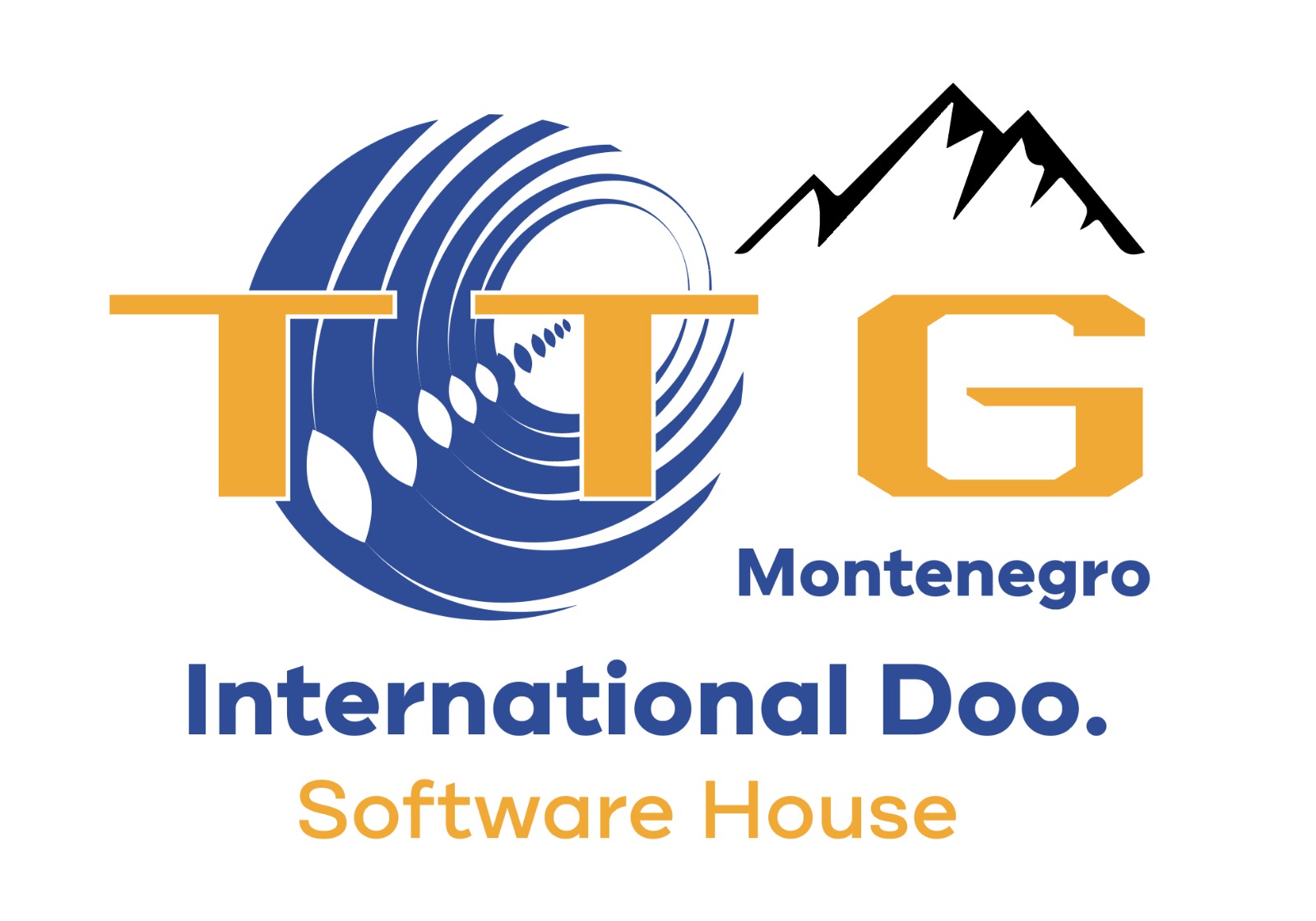Abstract: Ontology for stability is an interdisciplinary field that seeks to understand the nature of stability, its properties, and the relationships that exist between stable entities. In the context of philosophy, it examines the various ways in which stability can be defined and understood, including its relationship with change and its role in the natural world. In the context of science and engineering, it focuses on studying the stability of physical systems and the factors that contribute to their stability, including the properties of materials, environmental conditions, and engineering principles.
Overall, an ontology for stability is an important field that is concerned with understanding the fundamental nature of stability and the mechanisms that enable stable systems to remain stable over time. By identifying the factors that contribute to stability, scientists and engineers can design and implement strategies to prevent instability, improve the reliability and safety of systems, and create new materials and technologies that promote stability in various domains. As such, ontology for stability is a rapidly evolving field that has many potential applications across a wide range of industries and domains.
Introduction: The study of stability is becoming increasingly important as technology and society become more complex and interconnected. Stable systems are essential for ensuring reliability, safety, and performance in a wide range of domains, from physical structures to software and social networks. Ontology for stability is an interdisciplinary field that seeks to understand the fundamental nature of stability, including its properties and relationships with other entities.
In the context of philosophy, ontology for stability examines the nature of stability as a concept, exploring its various definitions and relationships with change. It also investigates the role of stability in the natural world and the different forms of stability that exist in different domains. On the other hand, in the context of science and engineering, ontology for stability focuses on studying the stability of physical systems, understanding the properties of materials and the engineering principles that contribute to their stability, and identifying factors that can cause instability.
Overall, ontology for stability is a dynamic and evolving field that is concerned with understanding the mechanisms that enable stable systems to remain stable over time. By identifying the factors that contribute to stability and implementing strategies to prevent instability, professionals in this field can improve the reliability and safety of systems across many domains, from physical structures to software and social networks.
Ontology for stability is a complex and interdisciplinary field that seeks to understand the fundamental principles that govern stable systems, as well as the mechanisms that enable them to remain stable over time. It is concerned with the study of the nature of stability, its properties, and the relationships that exist between stable entities.
In the context of philosophy, ontology for stability involves examining the nature of stability as a concept, and the various ways in which it can be defined and understood. This includes exploring the relationship between stability and change, the role of stability in the natural world, and the various forms of stability that exist in different domains.
In the context of science and engineering, ontology for stability involves studying the stability of physical systems, such as structures, machines, and processes, and understanding the factors that contribute to their stability. This includes examining the properties of materials, the effects of external forces and environmental conditions, and the design and engineering principles that are used to create stable systems.
Key Components of Ontology for Stability: Classes, Relations, and Common Vocabulary
Classes, relations, and common vocabulary are all important components of ontology, which is the philosophical study of the nature of existence and reality. In the context of ontology for stability, these elements are used to help define and understand the fundamental principles that govern stable systems. Classes refer to categories or groups of objects, entities, or concepts that share similar characteristics. For example, in ontology for stability, classes might include stable entities, such as physical structures, software, networks, or social systems. By categorizing objects into classes, we can more easily understand their characteristics and relationships to one another.
Relations refer to the connections or interactions between objects or entities. In ontology for stability, relations might include the relationship between stability and external factors, or the relationship between stability and change. By understanding the relationships between objects or entities, we can better understand how they interact with one another and how they contribute to stability.
Common vocabulary refers to the shared language or terminology used within a particular field or discipline. In ontology for stability, common vocabulary might include terms such as equilibrium, instability, resilience, or sustainability. By using common vocabulary, we can more easily communicate and understand complex ideas and concepts within a specific field.
Overall, classes, relations, and common vocabulary are all important tools in ontology for stability. They help us to better understand the nature of stability, its properties, and the relationships that exist between stable entities. By using these tools, we can more effectively study and design stable systems across a wide range of domains, from philosophy to science and engineering. Having said that, let’s take a look at what these are for Stability: Understanding the Nature of Stable Systems.
Classes:
• Stable entities: Any object, system, or entity that is capable of maintaining a steady-state or equilibrium over time can be considered a stable entity. Examples include physical structures, machines, software, networks, and social systems.
• External factors: External factors refer to any force, event, or condition that is outside the stable entity and may impact its stability. Examples include environmental conditions, external forces, and other external influences that may affect the stability of a system.
Relations:
• Stability and change: The relationship between stability and change is a fundamental aspect of ontology for stability. Stability is often seen as the opposite of change, and understanding how these two concepts relate to one another is crucial for understanding the nature of stability.
• Stability and external factors: The relationship between stability and external factors is also important in ontology for stability. External factors can impact the stability of a system, and understanding how these factors affect stability is crucial for maintaining stable systems.
Common Vocabulary:
• Equilibrium: A state of balance or stability in a system or entity.
• Instability: The opposite of stability, indicating that a system or entity is not in a state of equilibrium and may be susceptible to change or failure.
• Resilience: The ability of a system or entity to recover from external shocks or stresses and return to a state of stability.
• Sustainability: The ability of a system or entity to maintain a state of stability over a long period of time, without being impacted by external factors.
Overall, ontology for stability is a broad and interdisciplinary field that encompasses a diverse range of subjects, including philosophy, physics, engineering, and biology. By understanding the fundamental nature of stability and the factors that contribute to it, professionals in this field can design and implement strategies to create, maintain, and improve stable systems across a wide range of domains. This includes physical structures, software, networks, and social systems, among others. Ultimately, the study of ontology for stability is crucial for ensuring the reliability, safety, and performance of systems in our increasingly complex and interconnected world.


